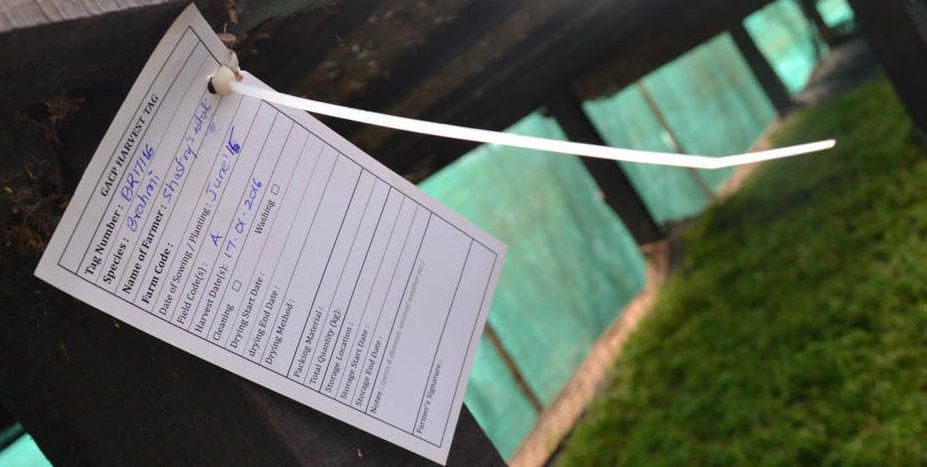Get Started

Videos
The videos where the people, places and plants can speak for themselves are the heart of the Sustainable Herbs Initiative. And so the best way to experience the supply chain and understand the issues is to make sure you watch these videos. The photos and written material complements this material; it doesn’t repeat it. If you don’t watch the videos, you won’t get a complete picture.
Site Tour
We’ve designed the site to lead you first through the steps of the supply chain and then into the larger issues involved. The best way to go through the site is by working your way down the Explore menu and then, once you understand the issues, move on to Building Healthy Worlds.
- Explore: Introduces the Sustainable Herbs Initiative.
- What are Sustainable Herbs? This video touches on the key themes of this program. Start your exploration by watching what leaders in the sustainable herb industry have to say.
- How Sustainable is the Herb Industry? To know what needs to change, it is important to understand how herbs are handled in the open market.
- The Supply Chain: The videos give the most immediate sense of the processes and the people involved. Photographs and written content provide more technical information. Start here for an overview of the whole process and then go through each stage to understand the issues of the different stakeholders.
- Issues: Longer videos exploring the central issues in the botanical industry, including a broader definition of quality; biodiversity; regenerative agriculture; relationships through the supply chain; and bio-regional herbalism.
- Healthy Worlds: Resources for taking action.

Our Approach
- The botanical industry is extremely complex. It requires growing, harvesting and processing different parts of different plants – all with particular requirements – from all over the world. Rather than providing an overview of the industry overall, this site shares stories and information to help grasp the issues involved and what is at stake. We won’t tell you what to buy. Instead we hope to empower you to be more knowledgeable about your choices and their potential impacts on the lives and environments on the far side of the supply chain.
- There is a lot that is bad about the herb industry. Everyone Ann visited had tales of cigarette butts, newspaper wrappers, rocks, animal parts and more in imported herbs. And she saw plenty that was disturbing: warehouses filled with huge piles of dusty, brown herbs; leaves and roots drying on the side of a busy road; clumps of spiderwebs hanging from the ceiling; rusted machinery; cement bags re-used for storing herbs – the list goes on. We have not focused on this part of the industry because our goal is not to fuel the simplistic black and white depiction of the herb industry as either all good or all bad.
“Our goal is instead to encourage more nuanced conversations about the issues that matter, including: how ingredients are sourced; how their identity and effectiveness can be validly tested; the relationship between attention to quality through the supply chain and the quality of the finished product; how the botanical industry affects plant populations, and others.”
According to the World Health Organization, 80% of the world’s population uses plants as medicine, and so these are the discussions we need to be having, not whether or not plants work in healing.
Sign up for our newsletter to be notified of updates!
